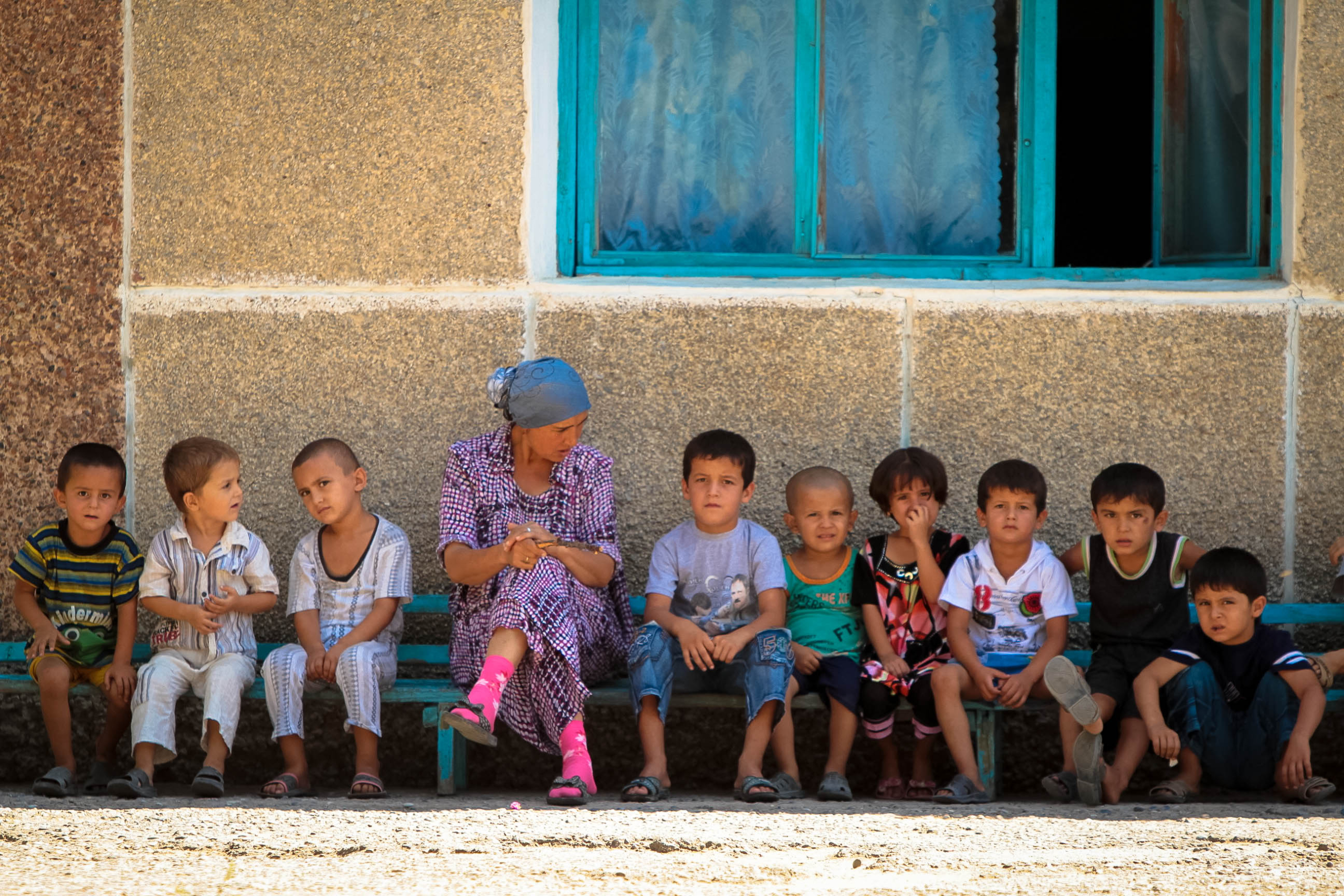The Top 3 Facts About Child Poverty in Tajikistan
 Tajikistan is the most impoverished country in Central Asia. Due to inadequate educational resources, lack of job opportunities and expanding families, 66% of Tajikistan’s children suffer from poverty. With almost 50% of the population under 25, that makes child poverty in Tajikistan a great disparity within the country’s overall 12.6% poverty rate.
Tajikistan is the most impoverished country in Central Asia. Due to inadequate educational resources, lack of job opportunities and expanding families, 66% of Tajikistan’s children suffer from poverty. With almost 50% of the population under 25, that makes child poverty in Tajikistan a great disparity within the country’s overall 12.6% poverty rate.
3 Facts About Child Poverty in Tajikistan
- Lack of Infrastructure for Education. On average, a student in Tajikistan only spends 6.8 years in school. Though the country has an adult literacy rate over 99%, 11% of Tajik children cannot read simple sentences before the end of their primary education. By the time they are 18, 11% of school-age children drop out to work and support their families.
- Child Labor and Seasonal Markets. Though it is illegal for children under 15 to work, 15–20% of the labor force comes from child labor. Around 200,000 children aged 5–14 are working to support their families in making ends meet, while 64,000 are working unpaid. The economy in Tajikistan is primarily agriculture-based, making their markets seasonal, so when the winter comes, many families lose their primary sources of income and feel the impacts of poverty even more. Disproportionately, this struggle impacts families with numerous children, because of how expensive and hard it is to obtain food.
- Prominent Malnutrition. Without access to clean water, nutritious varieties of food, and with subpar sanitary practices, many children in Tajikistan lack the vital nutrients and minerals necessary for them to live healthy lives, and only 40% get the necessary nutrients they need. Mostly, malnutrition harms those in rural areas due to poor food accessibility and monetary restrictions, affecting 20% or more of Tajik children. Due to significant deficiencies, Tajik children feel the results of undernutrition through anemia as well as low vitamin A and iodine levels. Four in 10 children are anemic, and 41% of women 11–55 are anemic.
How USAID’s Feed the Future Program Is Working to End Child Poverty
During the COVID-19 pandemic, hunger reached half a million Tajik people. To support people’s health and wellness during this time, USAID provided necessary resources and aid. This included nutrition and health clinics for 178,748 children, as well as assistance for 2,782 children showing signs of malnutrition to overcome low weight and growth stunting. By making nutritious goods such as dense vegetables available to communities, the Feed the Future Program was able to increase proper nutrient intake from 18% to 53% in children 6 to 23 months old, and from 18% to 23% for those being breastfed.
They furthermore helped to amend local laws on access to clean drinking water, helping the Tajik government deliver safe water to its citizens. By providing $10.2 million in relief efforts, USAID was able to provide Tajik children with proper nutrition and sanitation.
– Nadia Soifer
Photo: Flickr
